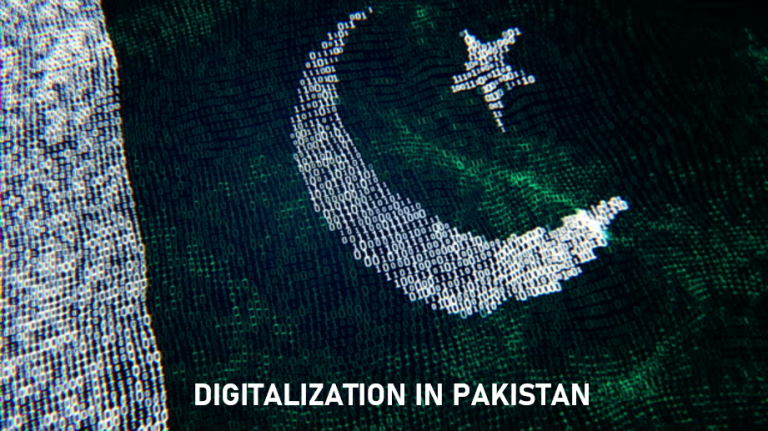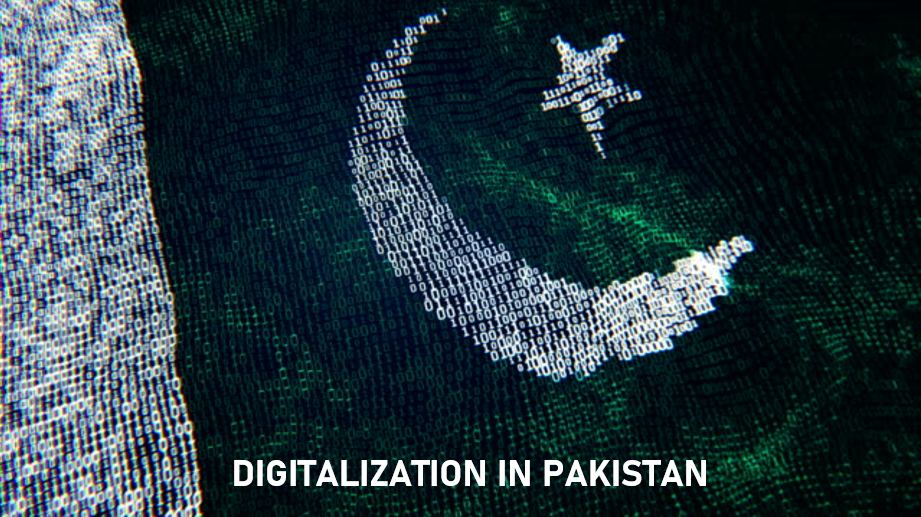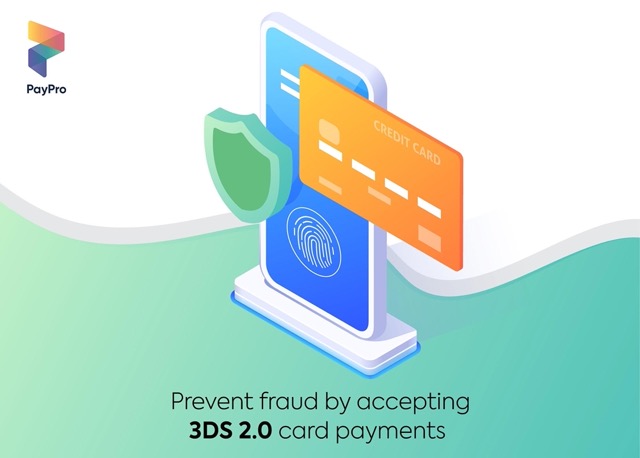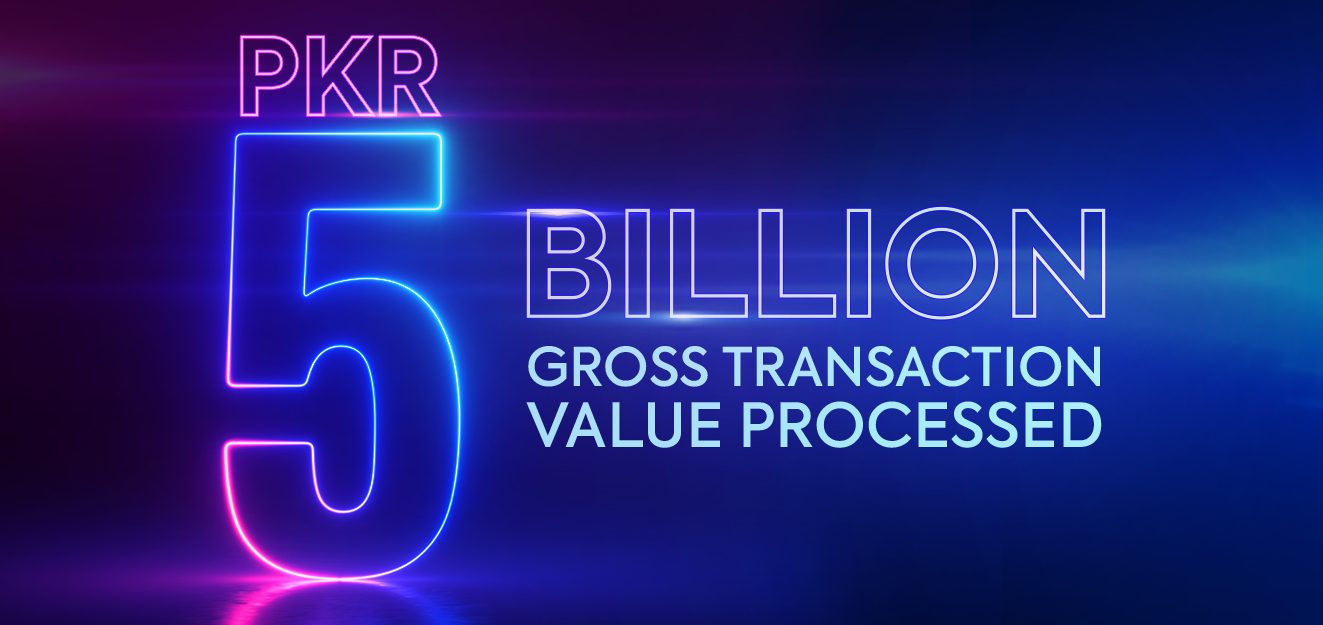
Digital transformation in its truest form means the use of digital technologies and data to identify opportunities, improve operations, increase revenues, and improve overall business by transforming business processes, which helps the management to take informed decisions and creates an environment where digital information and tool are at the core of all planning and execution.
The Year of the Pandemic
While 2020 can be termed as a hazardous year for most sectors of the economy, it has been phenomenal for steering digitalization and giving a boost to cashless payments and e-commerce in Pakistan.
Around mid-March, the government announced a full-fledged lockdown across the country, which prompted businesses to either operate from home or closedown temporarily till the restrictions were lifted. It was this turning point when digitalization in the country recorded a steep rise. People started buying and selling from their homes as almost all major industries started operating online due to the lockdown, hence traffic and digitalization started to rise.
Industries which were heading e-commerce-based start-ups, termed 2020 the year which accelerated the growth of digitalization and people were advised to remain in their homes which left them no other option other than adopting to digital modes of consumer engagement in Pakistan.
From March 2020 onwards, people knew digitalization was the only way to sustain economic activity and it became an integral part of their life. Officials expected more businesses to move towards digitalization in 2021.
“In 2021, the mindset of a majority of Pakistanis changed,”
“Firstly, people started taking digitalization seriously and secondly, work from home became widely acceptable.”
Digital landscape of Pakistan
Pakistan has a population of 223.0 million as of January 2021 where 48.5% of Pakistan’s population is female, and 51.5% of its population is male. 37.3% of Pakistan’s population lives in urban centers, while 62.7% lives in rural areas.
According to 2021 reports, population by age group was recorded as follows:
Total Population: 223.0M
Age 13 and above: 154.8M (69.4%)
Age 18 and above: 132.2M (59.3%)
Age 16 to 64: 131.3M (58.9%)
Pakistan enjoys an internet penetration of 27.5% with 61.34 million internet users in January 2021. Looking at the stats from January 2020 and comparing them with 2021 we see that there is a 21.0% increase in internet users this year. At the same time there was an increase of 4.2% of mobile phone users. This shows that more and more people are moving towards digitalization but at a slow and gradual pace.
Total value of consumer goods, ecommerce market has also increased from $1.94 billion to $3.90 billion, number of people making digitally enabled payment transactions rose from 30.60 million to 72.30 million.
Here’s some important information for e-retail and related online business owners to note, the share of the audience that marketers can reach with digital adverts on social media (age group and gender) were highest among:
18-24 Years old: Male (27.9%), Female (8.8%)
25-34 Years old: Male (30.0%), Female (7.7%)
Total no. of mobile phone users recorded were 173.2 million which accounted for 77.7% of the population, where the share of web traffic by mobile phones was 78.3% and laptops & desktops stood at 20.5%.
In the e-commerce sector the highest consumer spending was recorded for electronics & physical media at $455.9M followed by food & personal care at $370.9M. During the covid-19 pandemic, fastest growth was recorded in the food & personal care sectors which was a whopping increase of 98.1% followed by increase in fashion & beauty of +87.5%. Consumer goods e-commerce (annual) market is valued at $3.90B with an annual growth rate of +83.5%. Same time Digital payments (annual) market was valued at $6.17B with an annual growth rate of +27.7%.
Hurdles & barriers towards digital adoption
Stats from 2020 showed that there was no significant change in online bill payments/purchases or any kind of online transactions which pointed to one thing, that there was still lack of trust when it came to online transactions. Most of the people were reluctant to rely on digital means for their purchases due to insecurity and lack of trust on online merchants. Among the top reasons that the users pointed out, privacy has been ranked at number one. People are concerned that cyber criminals might use the customer data and private information entered online, and the frustration faced with regards to refunds and returned orders had been the center of this trust deficit. This lack of trust caused hinderance to market growth.
Insufficient infrastructures and lack of regulatory bodies on online trade could also be considered as one of the main reasons why the popularity of e-commerce businesses is not increasing in the country.
Furthermore, the low internet penetration, higher smartphone prices and lower literacy rate in rural and semi-rural areas might also be one of the main reasons hindering growth in this sector.
Despite all these challenges, 2021 has shown incredible growth in the digital space, and the pandemic has proven to be true disrupter, and a catalyst for digitalization.
Way Forward
Technology integration with local conditions require an integrated framework in conformity with the local conditions. Achieving the objectives of computerization in Pakistan needs ‘cooperation on key issues between public and private sectors, on principles to guide the development and implementation of IT & e-commerce policies and regulative measures to major issues highlighted, this calls for close coordination between government and the industry. Keeping in view the major issues and scope of IT in Pakistan, an integrated framework for the development and promotion of E-commerce platforms, free access of information through online knowledge portals and marketplaces.
This framework identifies an integrated role of government and private sector i.e. ‘sharing of ideas, resources, and accommodation of mutual interests’ to promote IoT and e-commerce business in Pakistan.
Shayan Aurangzeb




